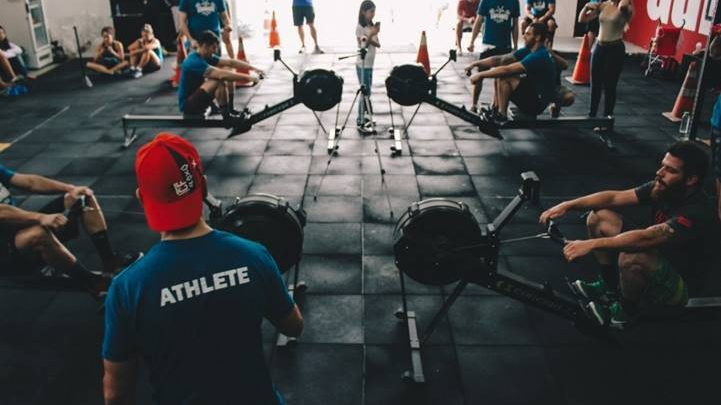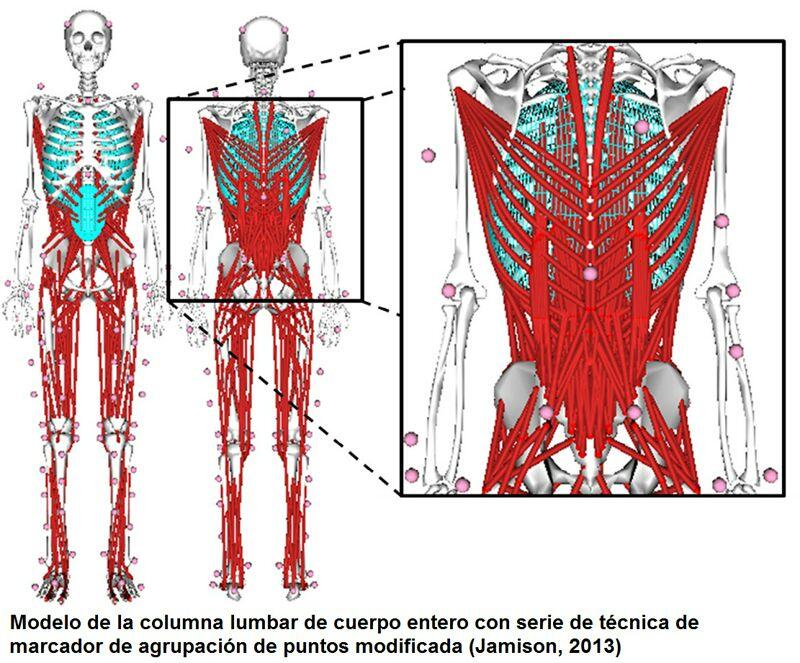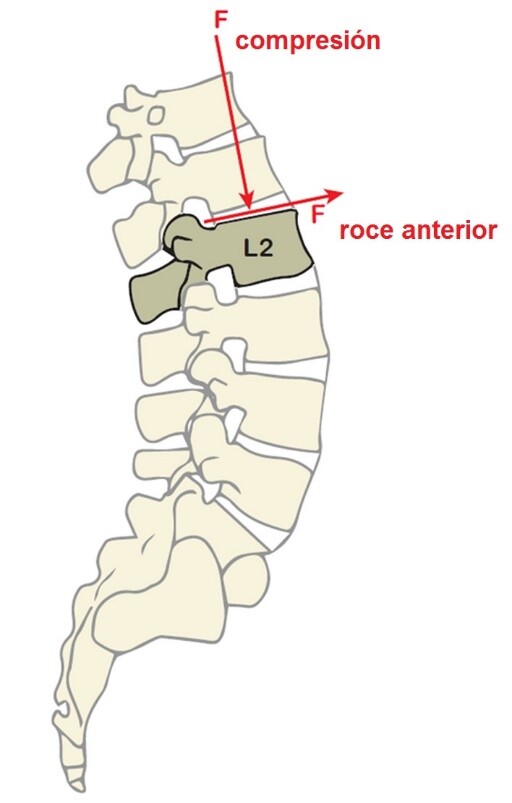Biomechanical consequences of running with weakness of the 'core' deep muscles
These deep muscles are often abandoned or inadequately trained in athletes.

Our collaborator, G-SE tells us in this article that biomechanical consequences has to run with a little worked core.
The Deep muscles of the â € ~coreâ € ™ they are the multifidus, quadratus lumbar, psoas, and the deep fascicles of the spinal erector

These deep muscles are often abandonedare inadequately trained in athletes. An improper function of this musculature can lead to a abnormal spinal load, muscle tension: injury to spinal structures, of which all have been associated with an increased risk of low back pain (LBP).
In a recent study, Ajit MW Chaudhari of The Ohio State University (USA), proposed to study and identify the possible strategies used to compensate for the weakness of the deep muscle of the â € ~coreâ € ™ during the race and to identify the accompanying changes in compressive and friction spinal loads.
Kinematically driven surface run simulations were created for eight healthy young adults in OpenSim (simulator software 3D) with increasing levels of weakness of the â € ~coreâ € ™ deep musculature.
The deep muscles of the â € ~coreâ € ™ (the multifidus, lumbar quadratus, psoas, and deep fascicles of the spinal erector) weakened individually and together.
Superficial thoracic longis muscle was a significant compensator for 4 out of 5 conditions of weakness (p <0.05). The deep erector spinae required greater compensations when it was individually weakened (above a 45 ± 10% increase in compensatory muscle force production, p = 0.004), revealing that it can contribute most to control the kinematics of the run.
With the weakness of the â € ~coreâ € ™ deep musculature, the peak of the anterior load of the thorn rubbing increased in all the lumbar vertebrae (above an 19%, p = 0.001).
Additionally, the compressive spinal load increased in the upper lumbar vertebrae (above one 15%, p = 0.007) and was lower in the lower lumbar vertebrae (above one 8%, p = 0.008).
Conclusion
Muscle compensations may increase the risk of muscle fatigue or injury and greater spinal load during the numerous cycles of the march that can produce damage to the spinal structures.
Therefore, insufficient strength of the â € ~coreâ € ™ deep musculature can increase the risk in a broker to develop low back pain.
That is why it is advisable to work correctly with the Core muscles, we propose these 3 articles to work them
More information about GE-S and its courses in https://g-se.com
G-SE (Group on Training) is the leading platform in information and distance training in physical exercise and health sciences.
There are no previous results.






























